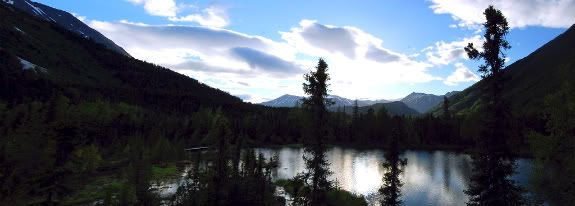Thanks to everyone along the way on our recent Keystone tour. Home just in time for Thanksgiving, with time to get some outdoors on before the next trip.
This Globe and Mail piece was sent courtesy of Angela Morris of Toronto. In the context of Banff talk it seems apropos.

Studies suggest that interacting with nature can help children pay attention, motivate them to learn and improve both classroom behaviour and scores on standardized tests. Neuroscientists and psychologists are investigating why nature is good for young brains and how being around trees and shrubs helps recharge the circuitry that children use to focus on a page of fractions or a spelling test.
The dominant idea about how nature helps kids learn is called “attention restoration theory” and is based on evidence that humans have two different kinds of attention. One is directed and takes effort and concentration. It is what students use when they do long division, what adults use to get a memo written at work.
“You only have a certain amount of it,” said University of Michigan brain scientist Marc Berman.
Directing our attention to a task is very different from having it captured by something in the environment, a butterfly flitting by the window or a car speeding down the street. This is involuntary attention.
“You don’t really have a choice. It just happens. It is activated when something interesting or surprising or loud happens and automatically grabs your attention,” Dr. Berman said.
Engaging the involuntary system allows the directed-attention system to rest and recover, and getting outside in a natural setting is a very good way to switch from one system to the other. Nature offers “soft fascination,” he said.
Please explore the Banff jazz program web site if you have interest in joining us. Plenty of fascination, both soft and loud.
